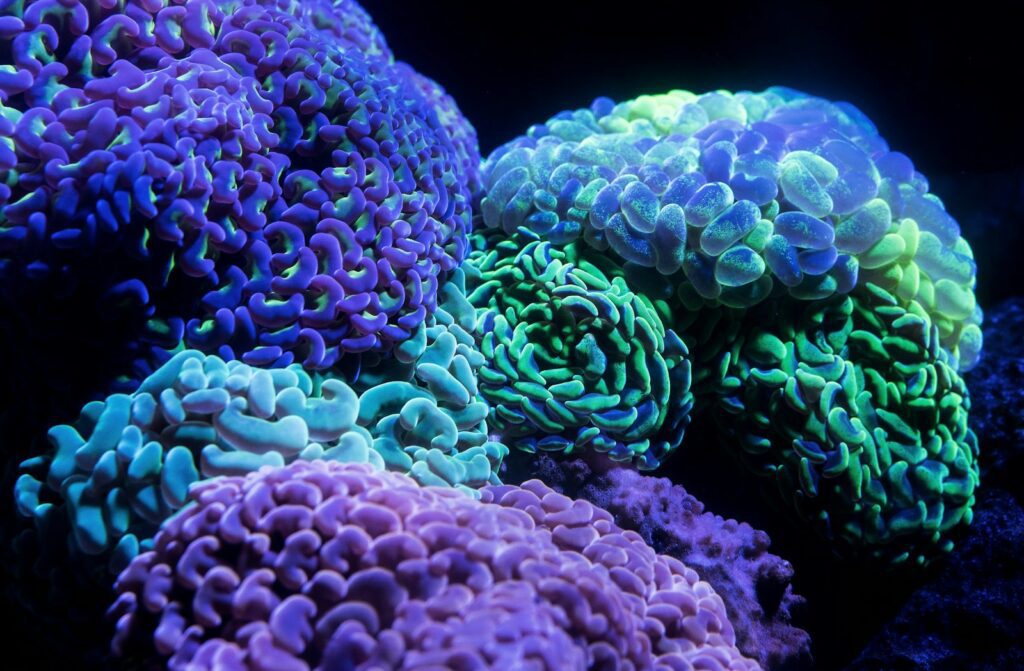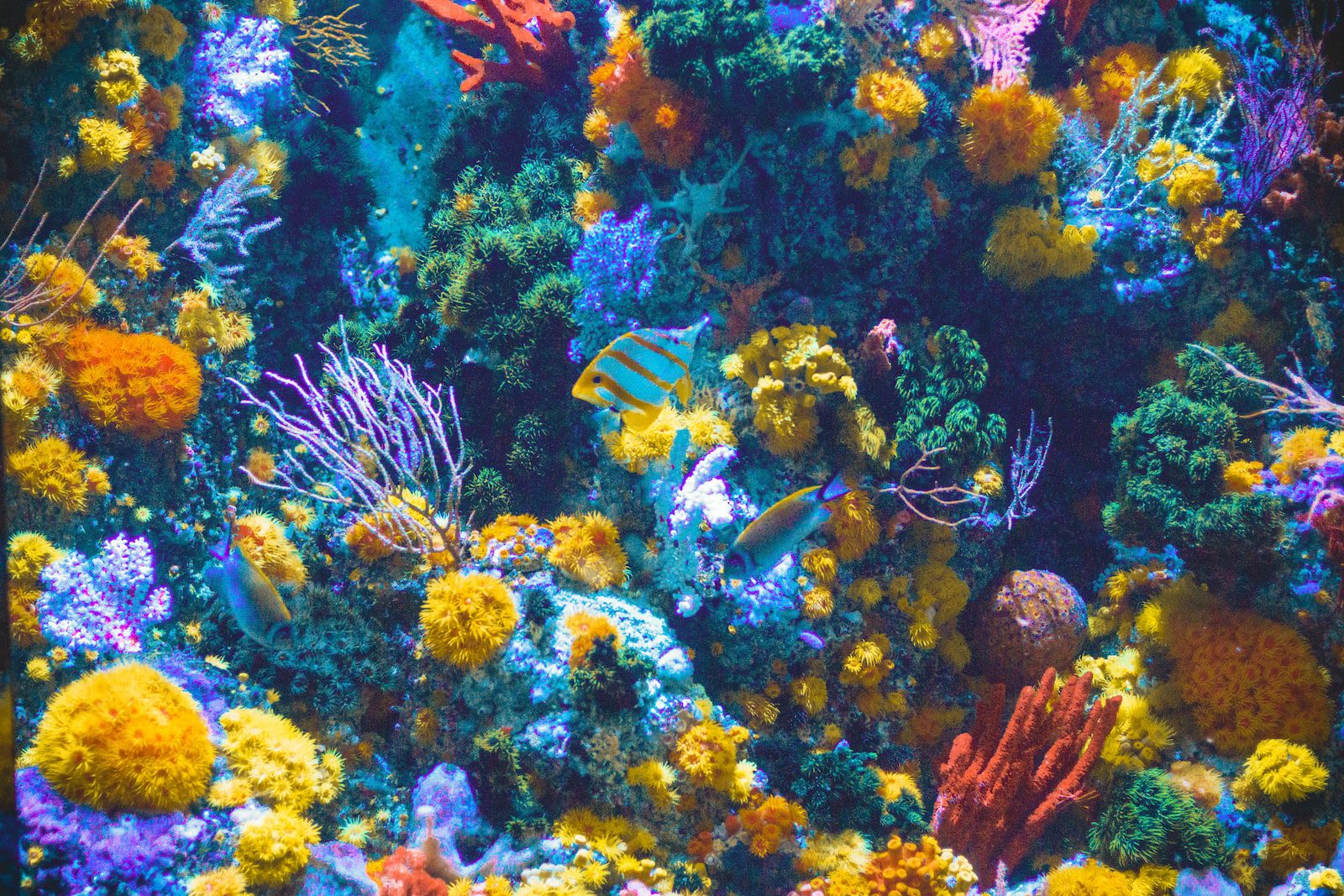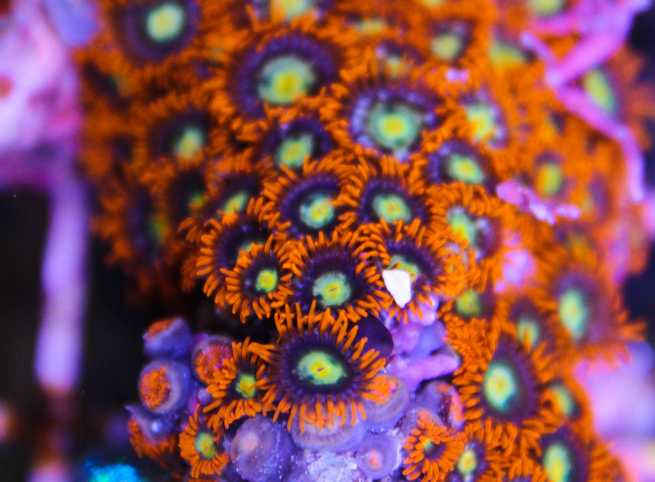Embarking on the journey of setting up a coral reef tank is both exciting and rewarding. Coral reef tank aquariums not only showcase the stunning beauty and diversity of marine life but also provide a fascinating insight into the dynamics of coral ecosystems. This comprehensive guide is designed to help beginners navigate through the process of setting up and maintaining a thriving coral reef tank.

Step 1: Understanding Coral Reef Aquariums
What is a Coral Reef Aquarium?
A coral reef aquarium is a vibrant marine ecosystem that mimics the natural habitat of coral reefs found in the ocean. These aquariums are complex systems that house various types of corals along with compatible marine creatures such as fish, invertebrates, and live rock.
Choosing the Right Tank

Selecting the right tank is crucial for the success of your coral reef. Here are some considerations:
- Size: A larger tank (55 gallons or more) is generally more stable and forgiving of mistakes, which is beneficial for beginners.
- Shape: A wider or longer tank provides more surface area for light penetration and space for corals to spread.
- Material: Glass is traditional, but acrylic tanks are lighter and more durable, though they can scratch more easily.
Step 2: Essential Equipment for Coral Tanks
Comprehensive Equipment List
To create a thriving coral ecosystem, you’ll need to gather the right equipment. Here’s what you’ll need:
- Aquarium Stand: Ensure it can support the weight of a fully equipped tank.
- Lighting: Advanced LED lighting systems offer control over intensity and color spectrum, mimicking natural sunlight cycles which are crucial for coral photosynthesis.
- Filtration System: Consider a combination of canister filters for mechanical and chemical filtration and a protein skimmer for removing organic compounds.
- Water Movement: Multiple wave makers or circulation pumps to ensure no dead spots where detritus can accumulate.
- Heater and Chiller: To maintain temperature consistency. Coral reefs thrive at 76-78°F, but equipment and lights can raise water temperature.
- Refractometer: For more accurate salinity readings than a hydrometer.
- Test Kits: Essential for testing ammonia, nitrites, nitrates, pH, alkalinity, calcium, and magnesium levels regularly.
Step 3: Setting Up Your Tank
Cycling Your Tank
Cycling your tank is vital to establish a healthy bacterial base that will convert harmful ammonia into safer nitrates:
- Setup: Install all equipment and add water mixed with marine salt to the correct salinity.
- Cycling Agents: Add a source of ammonia (like fish food or a shrimp piece) to start the nitrogen cycle.
- Monitoring: Test water parameters every few days. Once ammonia and nitrites fall to zero and nitrates rise, the cycle is complete.
Adding Substrate and Live Rock
- Live Rock: Acts as a biological filter and provides a natural environment for corals and marine life. Arrange it to create an aesthetically pleasing and functional layout.
- Substrate: A layer of aragonite sand can help maintain water buffer capacity and provide a surface for beneficial bacteria.
Step 4: Choosing Your Corals

Starter Corals for Beginners
Opt for hardy species that are less demanding in terms of light and water flow:
- Zoanthids and Palythoas: Known for their bright colors and ease of care.
- Green Star Polyps: Fast-growing and provide a lush green carpet.
- Leather Corals: Hardy with an interesting texture and movement.
- Bubble Corals: Unique appearance and adapt well to varying light conditions.
Step 5: Maintenance and Care
Routine Maintenance
- Weekly Water Changes: Change 10-20% of the tank’s water to remove toxins and replenish trace elements.
- Regular Testing: Keep tabs on all crucial water parameters and adjust as necessary.
- Cleaning: Regularly clean the glass, substrate, and any equipment to prevent algae buildup.
Feeding Your Corals
- Supplemental Feeding: Many corals benefit from targeted feeding of specialized coral foods, such as phytoplankton or minced seafood mixes, which can enhance growth and coloration.
Conclusion
Creating and maintaining a coral reef tank is a fulfilling hobby that brings a piece of the ocean’s majesty into your home. With careful planning, appropriate equipment, and regular maintenance, your coral reef aquarium will become a thriving marine paradise.
Call to Action
Ready to start your coral reef journey? Visit Artisticoceans.com for high-quality coral, livestock and dry goods.




